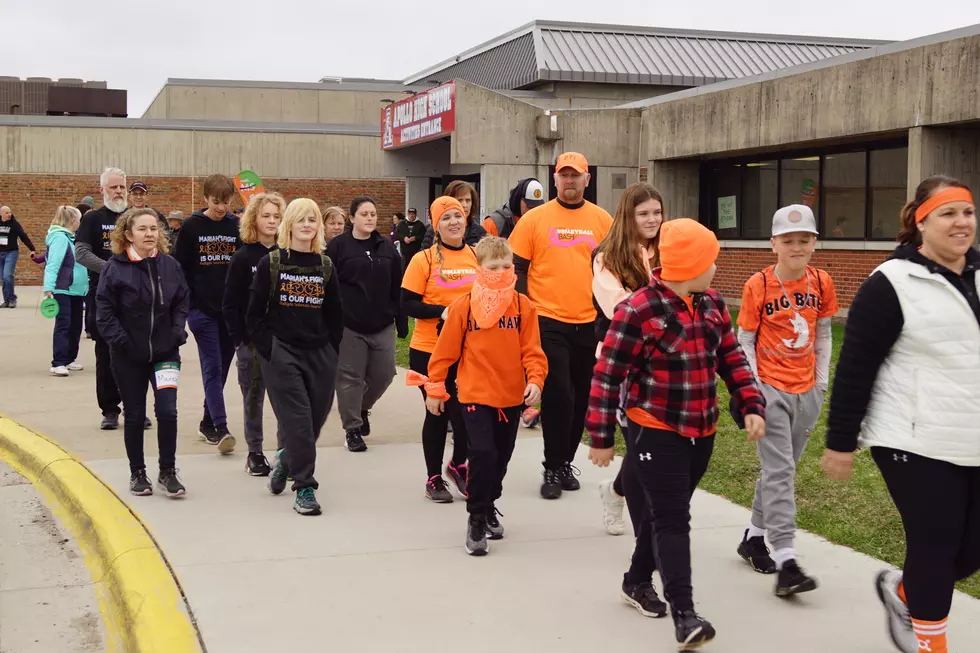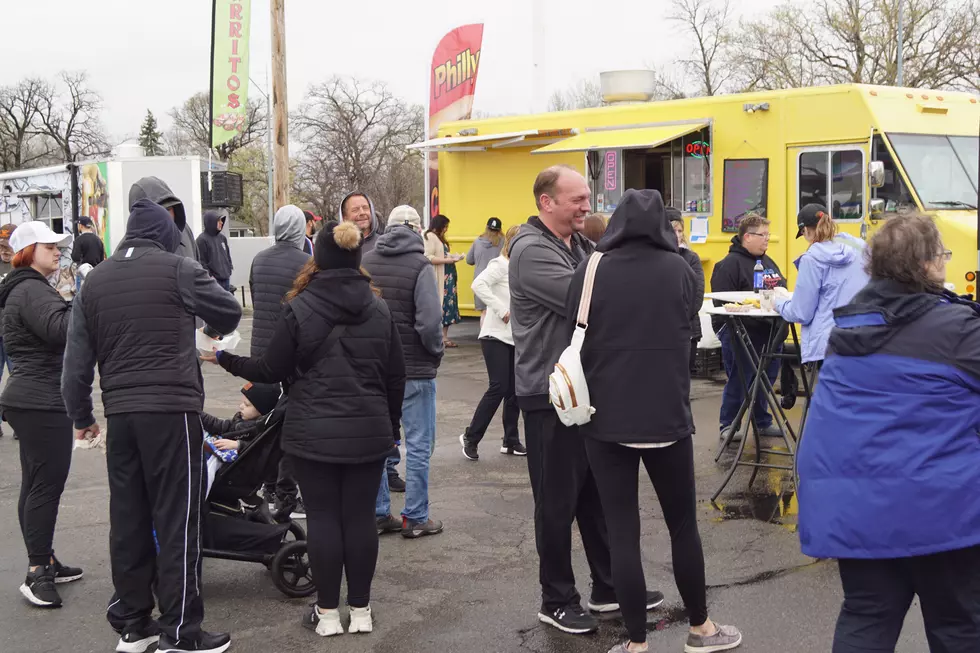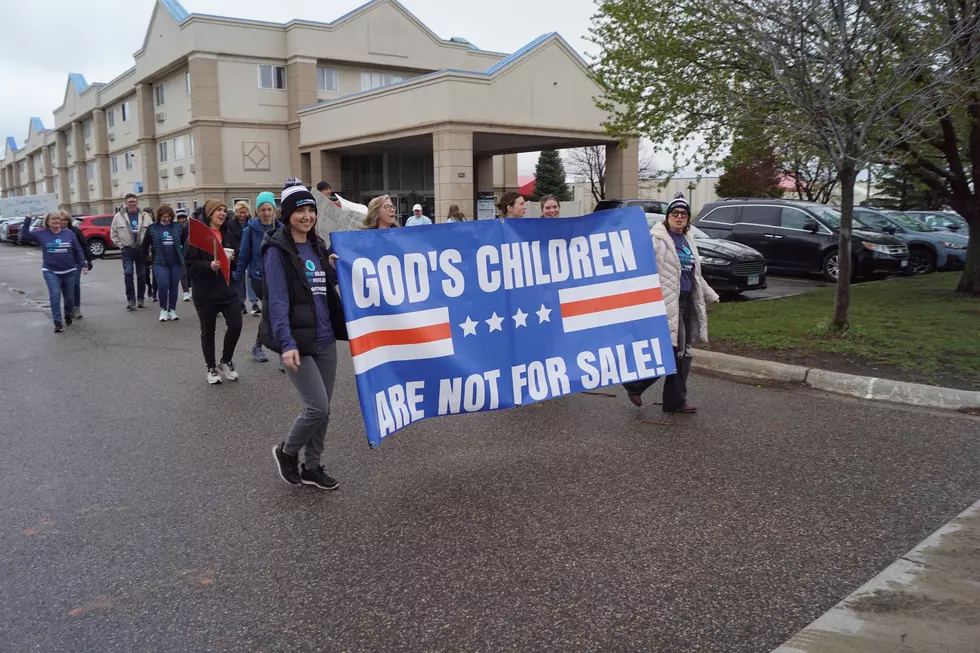WJON In Depth – Through The Looking Glass: An Inside Look Into Central MN Opioid Overdose Epidemic [VIDEO]
ST. CLOUD -- Opioid overdoses have reached record levels across the U.S. and there's no sign of them slowing down anytime soon. Here in Minnesota, the health department says 637 people died last year compared to 583 in 2015.
The abuse of prescription painkillers and the resurgence of heroin are leading to overdoses on a daily basis.
Dr. Kurt Belk is the Medical Director for St. Cloud Hospital's Emergency Room. He says they see patients come in on a shift-by-shift basis, who have opioids as part of their drug portfolio.
Lives are being saved thanks to the reversal drug Naloxone also known as Narcan. But, the problem of overdosing on opioids persists.
Belk says once people get hooked on prescription pain killers, they'll go to great lengths to get more...
A lot of these people will doctor shop. They'll go from clinic to office to over-the-counter pharmacies in different countries just to get their drugs. A lot of them get them online.
But, as doctors look to prescribe prescription painkillers less, the pills become harder to get. So, many people who are abusing opioids are turning to heroin.
Prescription pills...that's usually the precursor to people getting into heroin. People use that and abuse it. Heroin has the same effect of pain killing as the pills.
Central MN Violent Offender Task Force Commander Steve Soyka says heroin is cheaper and more readily available than prescription narcotics.
Elie Deeb sees it too. He is the Operational Supervisor for Gold Cross Ambulance. Deeb says their paramedics are seeing a lot more heroin overdoses these days...
I think it's a quick fix for people. The stuff is cheaper, they're getting it a lot cheaper (than pills). With narcotics, the doctors are now not giving out a lot of pills, so they are getting a little hard to come by.
Soyka says heroin wasn't around the St. Cloud area when they created the task force in 2012. It's now one of the three biggest drug problems they face along with marijuana and methamphetamine.
The problem isn't just in big cities either. Soyka says they are seeing opioids in every community big and small. He says heroin is available in places like Little Falls, Melrose, Holdingford and similar-sized communities across central Minnesota.
Part of the danger with heroin is the chemical additive fentanyl which Soyka says makes the heroin deadly in many cases. Fentanyl is a highly concentrated narcotic which is lethal in very small doses. It is used by drug dealers to make the heroin more potent. It also can create a danger for first-responders who must guard against exposure or risk an accidental overdose themselves.
In the end, the opioid overdose epidemic is sure to get worse before it gets better.
We as a health care industry have to change the way we manage pain, specifically chronic pain issues. - Dr. Kurt Belk, St. Cloud Hospital ER
However, the problem has caught the attention of lawmakers who are responsible for funding programs and creating laws to combat the problem. The Centers for Disease Control and Prevention is giving Minnesota a $345,000 grant to better track and prevent opioid-involved overdoses. The Minnesota Department of Human Services is also working with the company Fast Tracker to develop a web portal to make it easier to find open spots for treatment.
More From AM 1240 WJON
![WJON In Depth: From Darkness to Light, What Central Minnesota is Doing to Improve Mental Health Care [VIDEO]](http://townsquare.media/site/67/files/2017/09/From-Darkness-to-Light-WJON-In-Depth.jpg?w=980&q=75)








